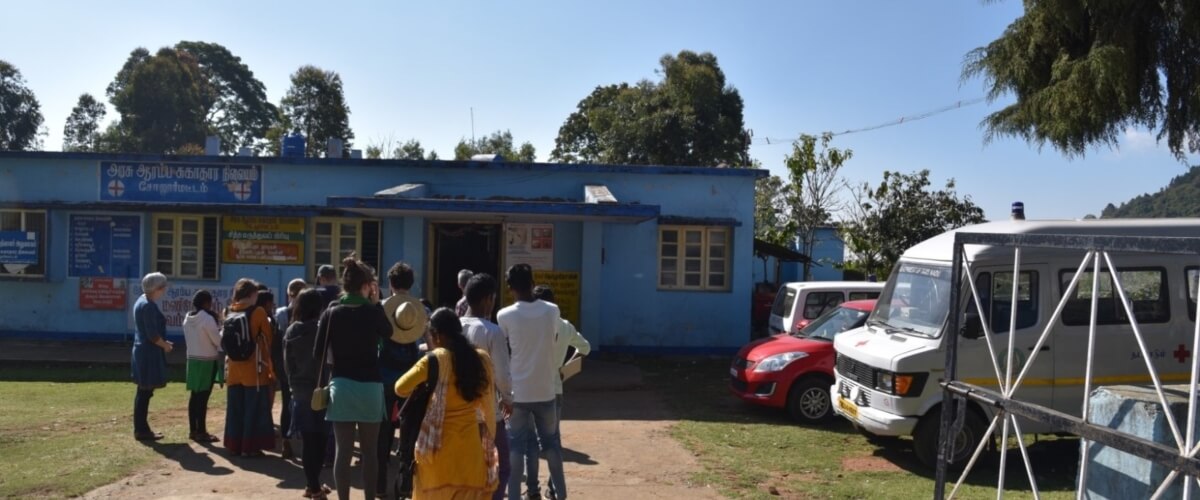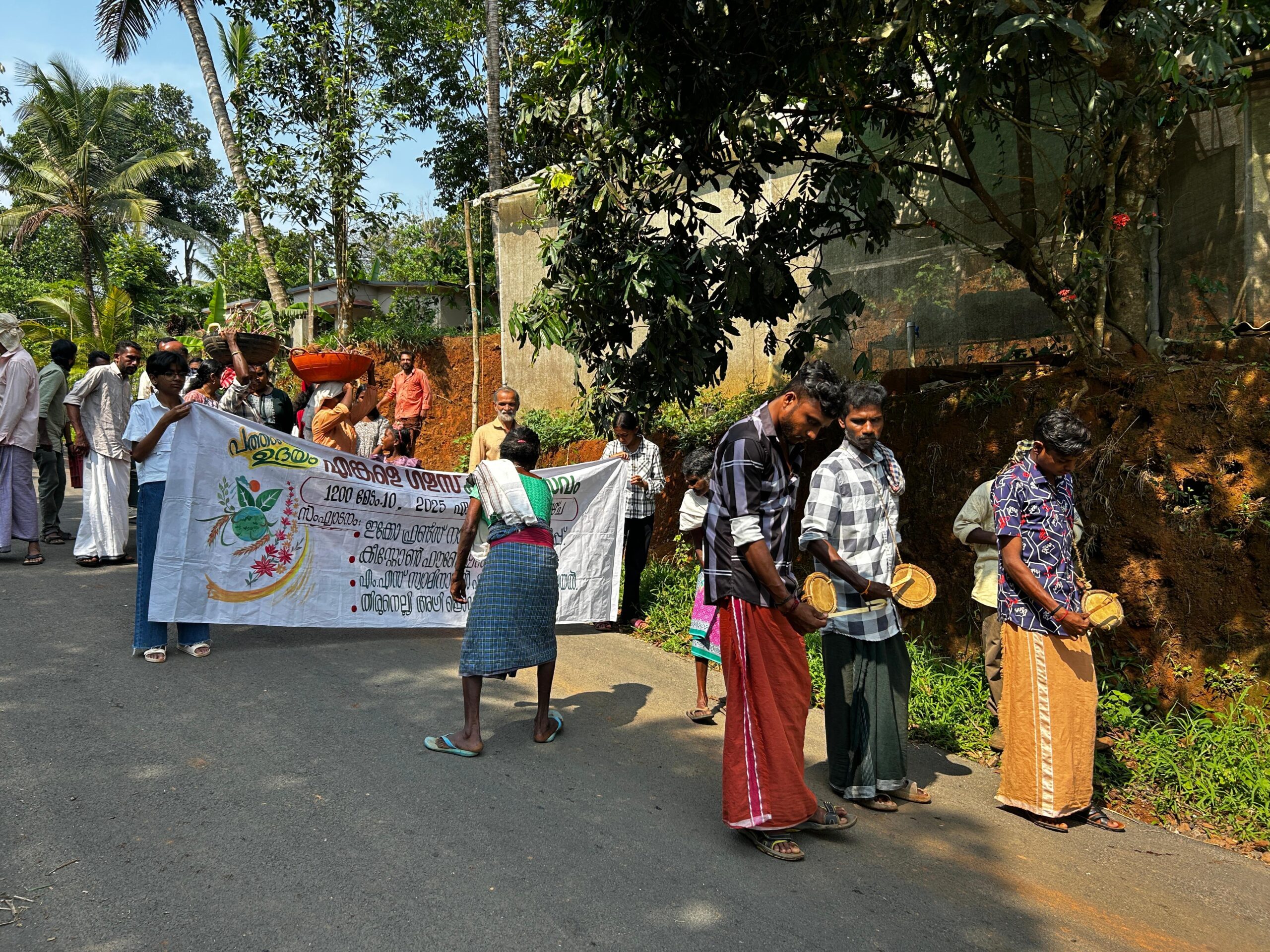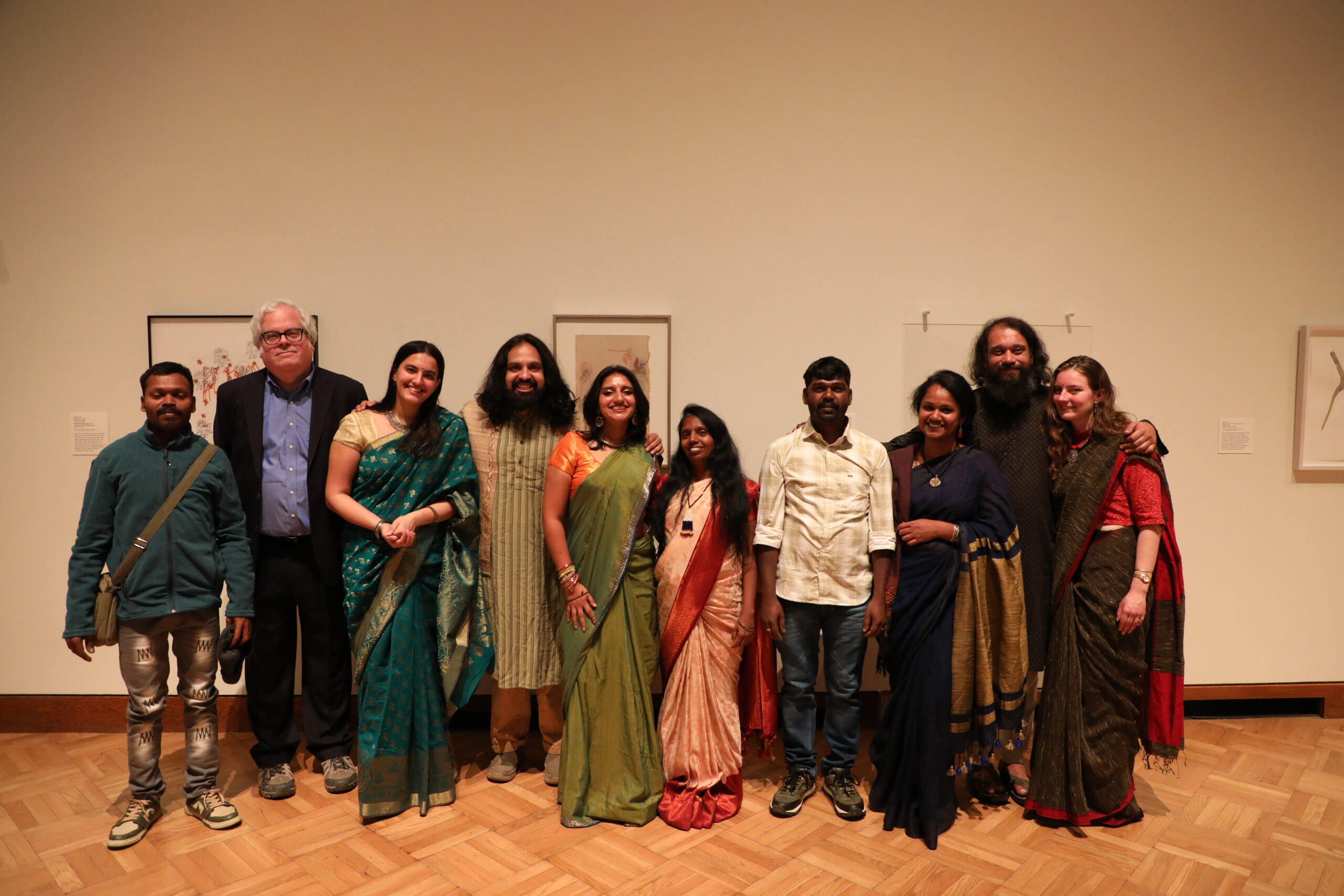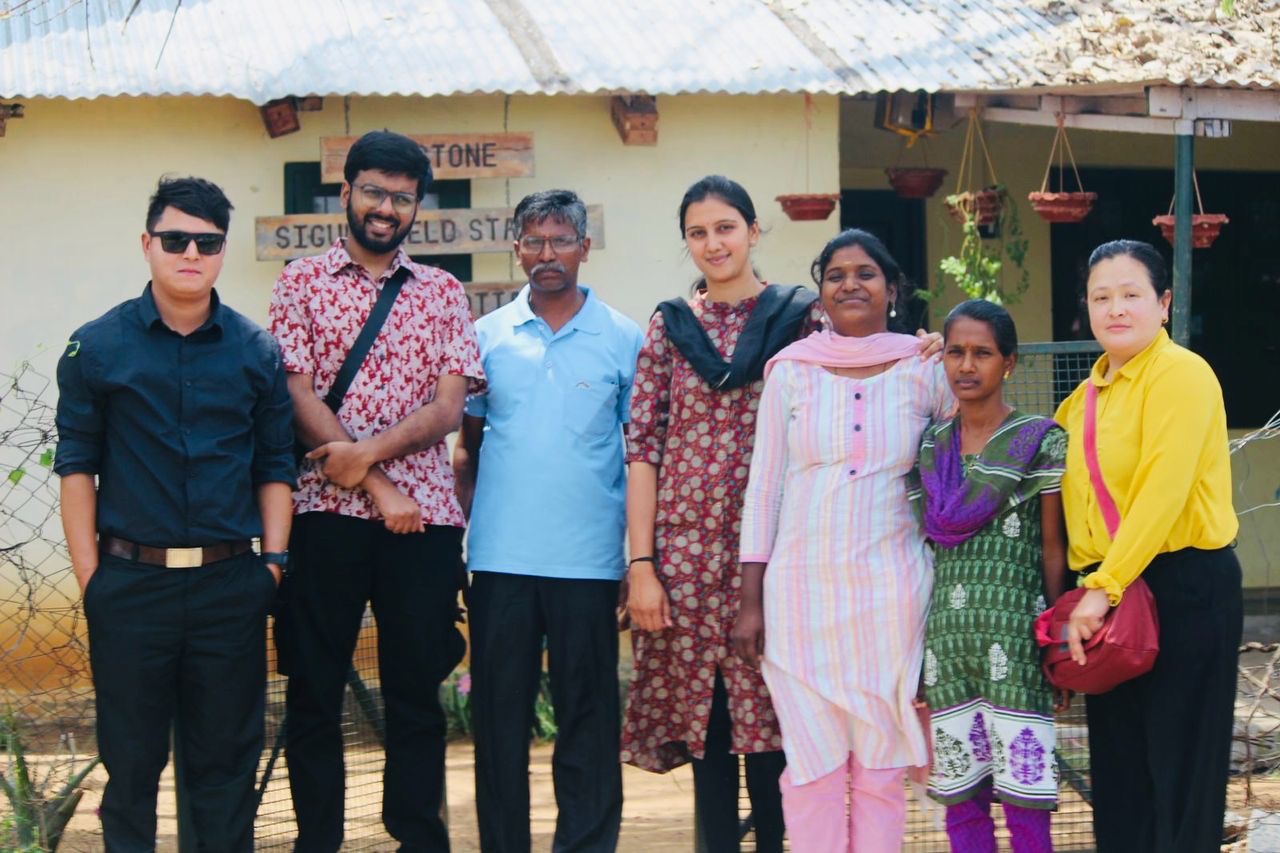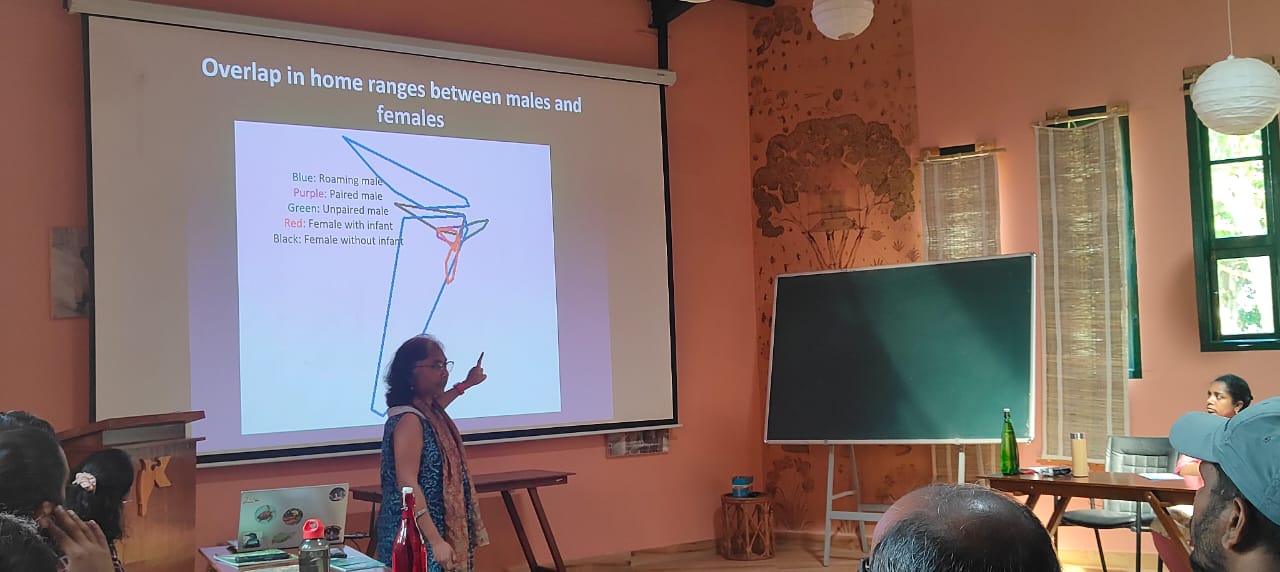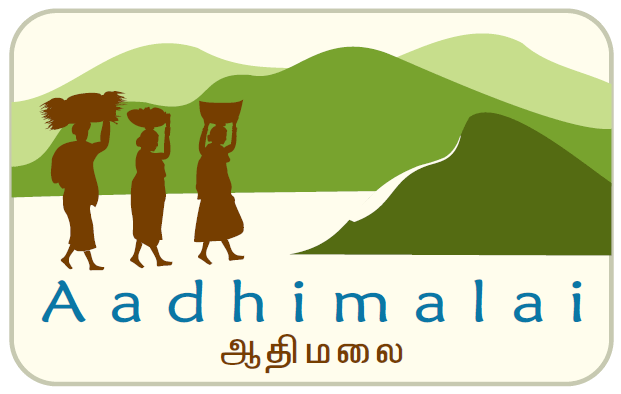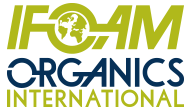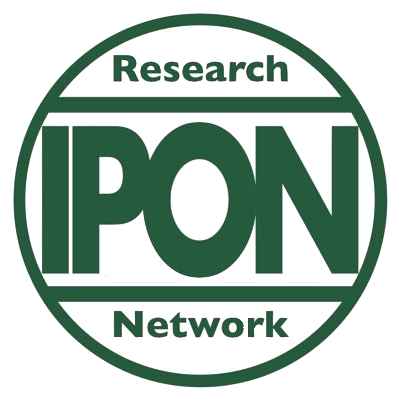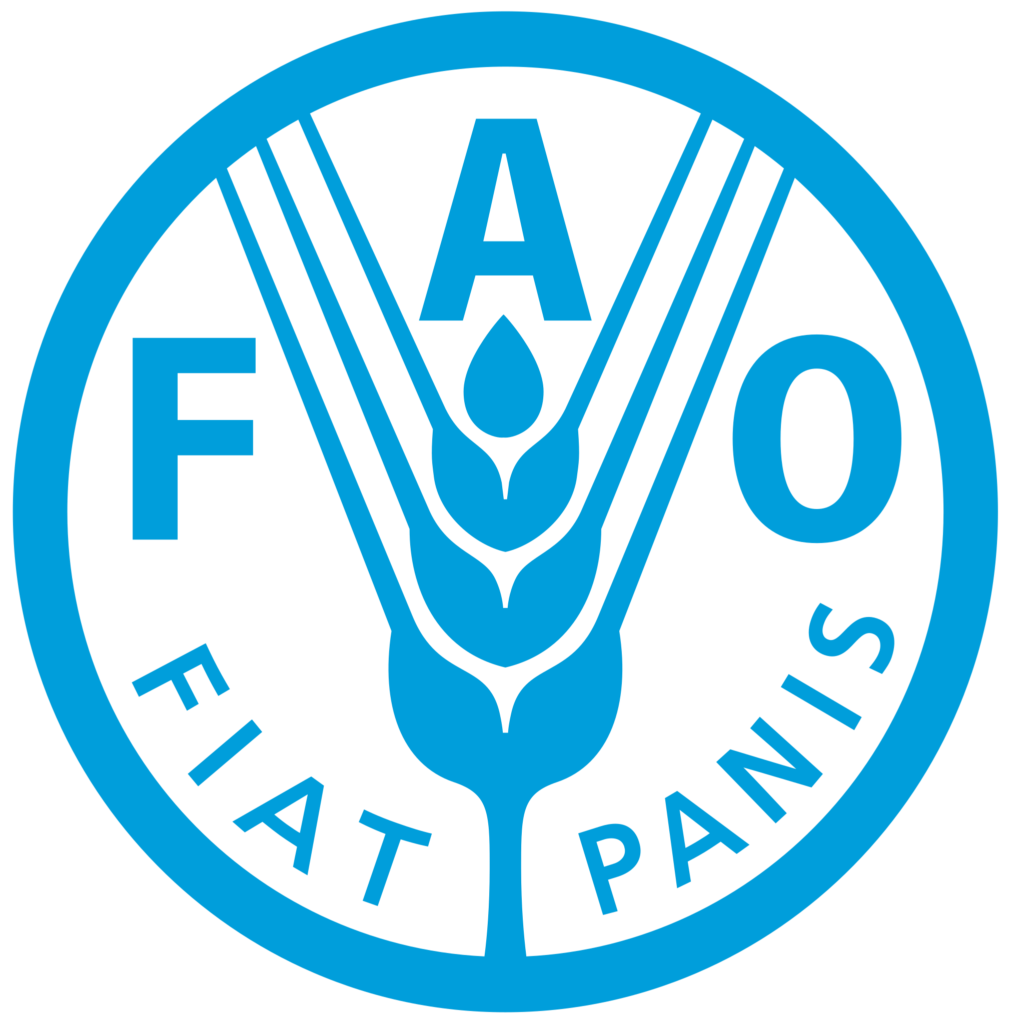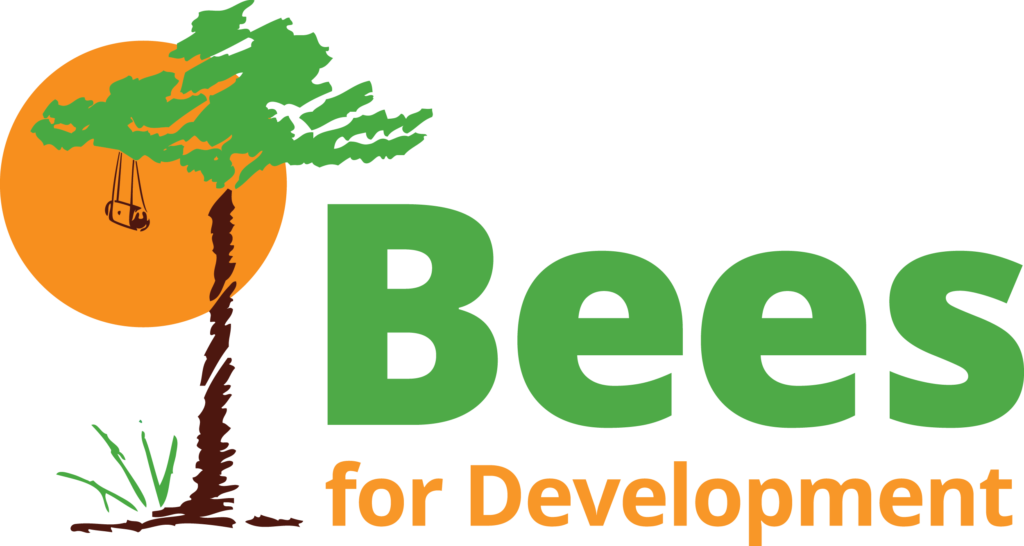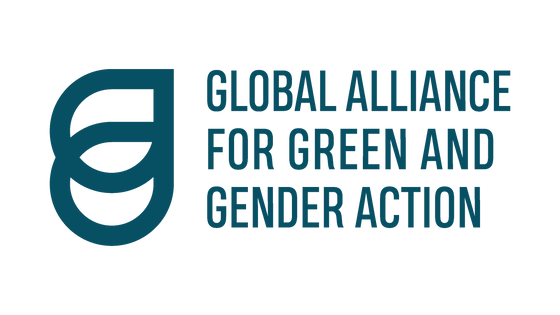“We welcome a new-born to the world by feeding it a drop of honey or sugar-syrup. Our village elders believe that honey should be given first to a new-born, for the baby’s life to be as sweet as the honey,” said by Keystone students. But this week’s lectures on Health and Nutrition brought to light the richness and irreplaceable nature of a mother’s milk that is as clean as her internal body, free from all germs that get passed on to the baby by using dirty spoons, hands and water. A baby’s first intake ought to be his/her mother’s first milk (colostrum) which is thicker and yellowish in colour. It is thrown away in some cultures, but it is the most nutritious milk—rich in vitamins and containing super doses of immune protection that a mother gives her baby throughout her lactation period.
Care and affection provided by caregivers to a baby plays a pivotal role in raising a healthy child. Physical health of the caregiver, his/her access to quality food, knowledge about caring for a baby, mental status, enough time, autonomy to make decisions in the hour of need, and mostly the social support are the essential resources for caregivers to raise a baby. We all have our own experiences with the ways how we were fed and brought-up by our parents/ caregivers. Of all the different styles of parenting, like controlling or a very relaxed way of up-bringing, the interactive (or responsive) parenting is the preferred way to raise a child. Responsive parenting is when parents take cues from their baby’s needs and in turn the baby responds well.
“The visit to a Primary Health Care centre in Aracode unfolded the real-life situations in developing countries that we merely read in papers as case-studies,” exclaimed a Cornell student. One of the only two doctors at the PHC centre covering nearly 250 villages said that one in ten deliveries takes place at home. The doctor briefed us about how PHCs function in rural areas. One could draw a clear distinction between the health care services in India and America. While it is highly centralised and socialised in India where most of the services are done free of cost or at subsidised prices, the system is highly de-centralised and privatised in America where the facility costs are very high. Another distinct fact was that in India the health records are with the patients, whereas records are kept within the facility in the US.
We stopped at a Balwadi in Kothimukku which was implemented as part of the Integrated Child Development Services (ICDS) programme. This child day-care centre was started in 1998 for children below 5 years, and since then health-mix porridge and lunch have been provided. Apart from day-care, there are monthly training programs for adolescent girls and young mothers in the covered villages by the Balwadi teacher. While we were returning from the Balwadi we saw a malnourished dog that had four puppies, all of which looked thin and bony. It struck us how important a mother’s health and well-being is for feeding her baby. At Banglapadigai, we learnt about NAWA (Nilgiri Adivasi Welfare Association) an NGO that started tribal hospitals as early as 1968, which offers medical facilities to rural people in Kotagiri. We also learned about Keystone’s intervention in offering services like mental and physical health care, nutrition, and water for past one and a half years.
If we were to think from villagers’ perspectives in terms of which health care system they would choose to go amongst the available options, including village healer(s), government hospital (PHCs), private hospitals in towns and far off cities alike, and NGOs; we can understand their dilemmas. Who should they trust? What kind of contradictory opinions do they come across from different facility providers who might be also seen having competing interests? This is a constant conundrum and that is why here is an increasing global recognition to train community health workers, especially in rural communities to fill gaps in health systems caused by inequalities.

